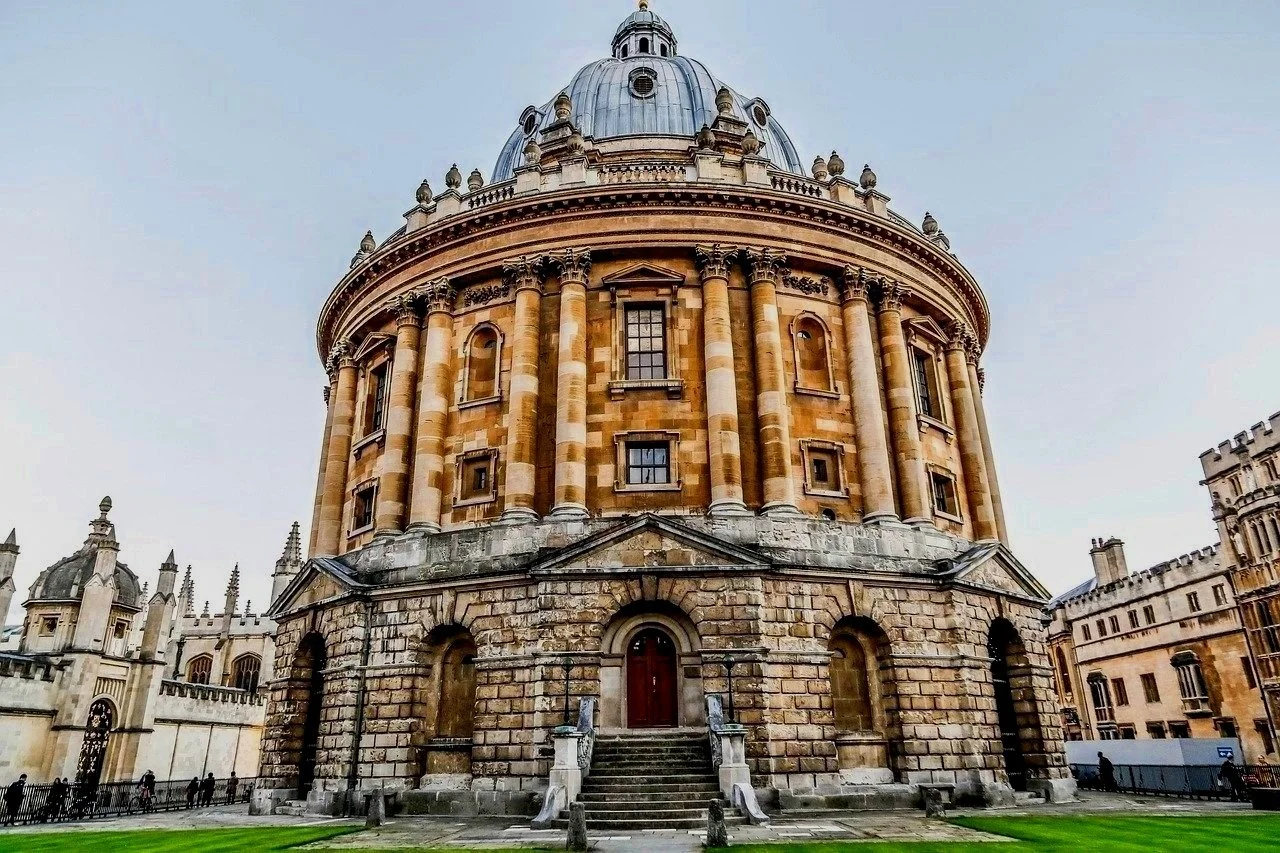
The UK’s Leading Personal Statement Service
Secure Your Place at University with an Outstanding Personal Statement
Trusted by students for over 16 years and featured in
Secure Your Place at University with an Outstanding Personal Statement
We specialise in crafting bespoke personal statements that stand head and shoulders above the rest. Our expertly written statements, composed by subject specific writers, are designed to truly stand out, maximising your chances of securing your first-choice university.
Crafted by the very best writers with extensive knowledge of the subject
We don't use AI and we don't plagiarise content, we provide fully bespoke statements.
Fully personalised to give your prospective University a true snapshot of you.
Designed to meet all admissions criteria, including the new 2026 UCAS standards.

EXPERT WRITERS YOU CAN TRUST
Discover the personal statement writing service for you
Oxbridge
Our highest level of service, designed for those who want to submit the strongest personal statement
- Our highest level of service with the greatest depth and expertise
- Fully written, bespoke personal statement created from scratch or expertly edited from your draft
- Suitable for all courses including Medicine, Dentistry, Vet Med, Russell Group, postgraduate & PHD
- Perfect for anyone seeking the strongest possible application
- Written by an Oxbridge-trained writer with subject expertise (Senior Writer or Director upgrade available)
- Tailored to the new UCAS 2026 format or traditional format
- Includes review, feedback, and editing with fast turnaround (faster delivery available)
- Optional video consultation available at checkout
- 100% human-written - no AI or plagiarism


The Medical Service
Perfect for the next generation of medics
- Fully written, bespoke personal statement created from scratch or expertly edited from your draft
- Designed for Medicine, Dentistry, Nursing, Vet Med, and all healthcare-related courses
- Tailored to the new UCAS 2026 format or traditional format
- Written by specialist medical writers with subject expertise (Senior Writer or Director upgrade available)
- Includes review, feedback, and editing with fast turnaround (faster delivery available)
- Optional video consultation available at checkout
- Covers all levels - undergraduate, postgraduate, and graduate-entry applications
- 100% human-written - no AI or plagiarism


Postgraduate & Specialist service
Our elite service for longer and more specialised statements
- Our highest level of service for all Postgraduate, Master's and PHD courses
- Fully written, bespoke personal statement created from scratch or expertly edited from your draft
- This service can be used for other specialist applications and jobs
- Perfect for anyone seeking the strongest possible application
- Written by an Oxbridge-trained writer with subject expertise (Senior Writer or Director upgrade available)
- Tailored to the new UCAS 2026 format or traditional format
- Includes review, feedback, and editing with fast turnaround (faster delivery available)
- Optional video consultation available at checkout
- 100% human-written - no AI or plagiarism


Platinum
Personal statements by the very best professionals to guarentee your success
- Fully written, bespoke personal statement created from scratch or expertly edited from your draft
- Suitable for undergraduate applications
- Written by a writer with subject expertise (upgrade to Senior Writer or Director available)
- Covers UCAS 2026 or traditional statement formats
- Includes a review period and fast turnaround (delivery upgrades available)
- Optional video consultation available at checkout
- 100% human-written - no AI or plagiarism


Gold
The 'edit and refine' your personal statement service
- Expert edit of your existing personal statement or UCAS 2026 responses
- Improves grammar, structure, tone & clarity
- Suitable for all application types including postgraduate and international
- Reviewed by a writer with subject expertise (upgrade to Senior Writer or Director available)
- Includes one round of edits and feedback (faster delivery available)
- Optional video consultation available at checkout
- 100% human-written - no AI or plagiarism


Personal Statement Help For 2026 Entry
Personal Statement Service is the UK’s leading provider of personal statement writing and support, and has been the trusted choice of students for over 16 years. We have even been featured in The Times. We offer comprehensive and carefully composed personal statement help, bolstered by the expert advice of industry professionals.
Our dedicated team writes bespoke personal statements for all universities and courses, including Oxbridge, Medicine, Dentistry and Law. We use subject-specific writers, ensuring your statement is filled with insightful comments and an impressive reading list! Our elite services ensure that your personal statement will give you the very best chance of success in all your applications.
Every personal statement is 100% human-written with no AI or plagiarism, and fully tailored to all undergraduate and postgraduate formats, including for UCAS 2026 entry.
EXPERT WRITERS YOU CAN TRUST
Why Choose Personal Statement Service?

- We employ only the very best and experienced subject-specific writers
- We write personal statements that meet all admissions criteria for all applications
- We offer fast delivery times to suit all deadlines, ranging from 7 working days to same day turnaround!
- We offer a range of exclusive upgrades, to further personalise your experience, including a one-to-one video consultation with an expert writer, and upgrades to our most exclusive and sought after writers
- We always offer a one week review period, to ensure maximum collaboration
- 100% human written guarantee (no AI or plagiarism)
- We conduct a full spelling and grammar check for all statements
Personal Statement Support
As more and more people go to university, it is even more crucial than ever that your personal statement stands out. It is important to showcase your strengths and ambitions through clear and persuasive writing… and that’s where our unparalleled personal statement support comes in!
With our expert writers and first-class service, we write outstanding, submission-ready personal statements for all university courses. Every personal statement is fully personalised, illuminating each applicant’s passions, motivations and experiences to the highest degree.
Exclusive Help With Your Personal Statement
Our range of services will help you with personal statement reach new heights. Whether you need your statement edited or created from scratch, our elite team will produce a document that is perfectly balanced, persuasive, and unique to you. With our extensive experience across a wide array of universities and courses, we ensure you have the best chance of securing a place at your first-choice institution.
We're here for you
Our services offer you the best chance of success in achieving a place at your dream institution!
Remove stress
Our services ensure you have an easy, stress free experience
Compliance guarenteed
Your personal statement is guaranteed to be fully compliant with the application criteria of your chosen course and university
Plagairism-free
You are protected from plagiarism, as every statement written by us is fully unique
Expertly written
You will benefit from the years of experience offered by our professional writers
Proud to support you
We support you from start to finish, providing you with a submission-ready personal statement

















